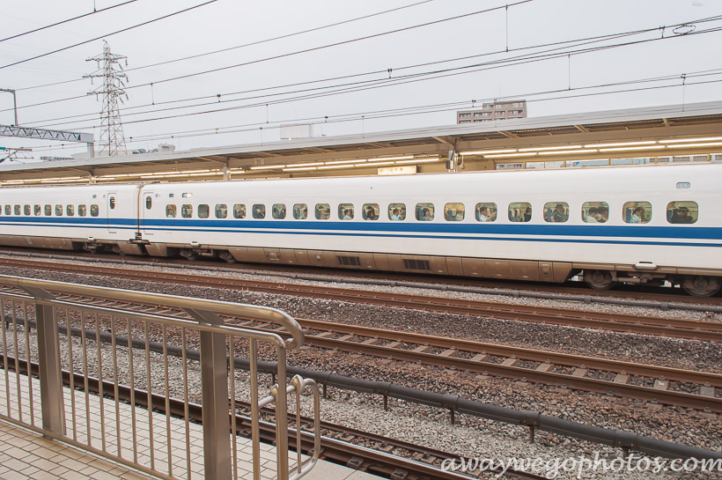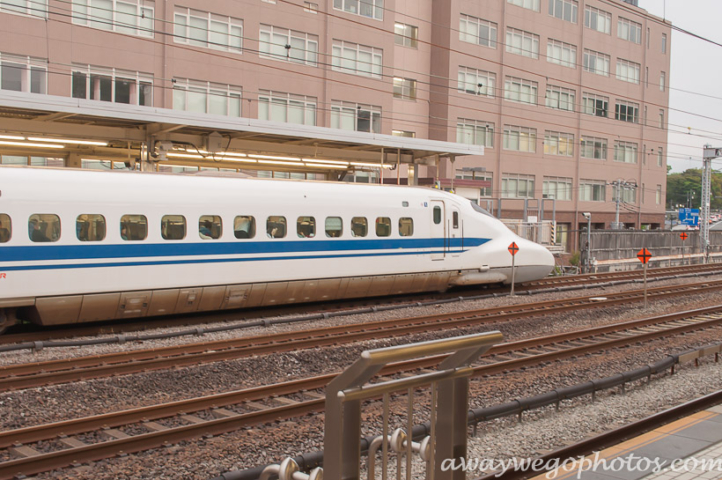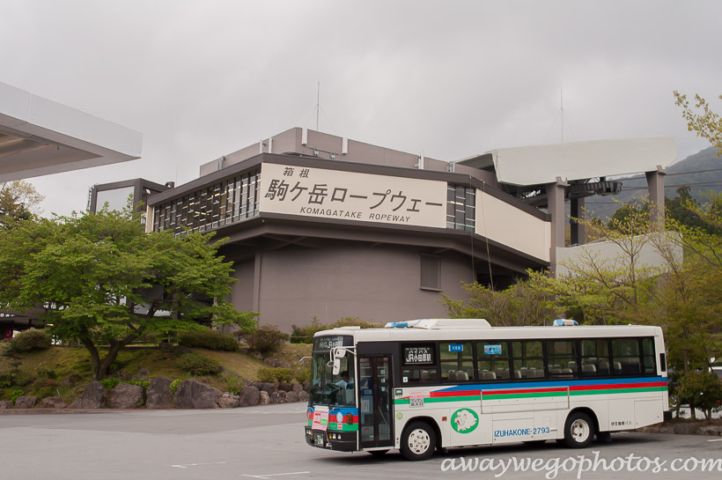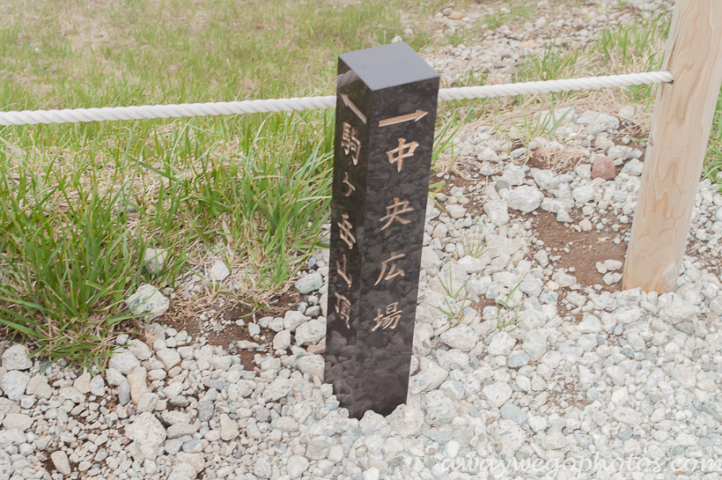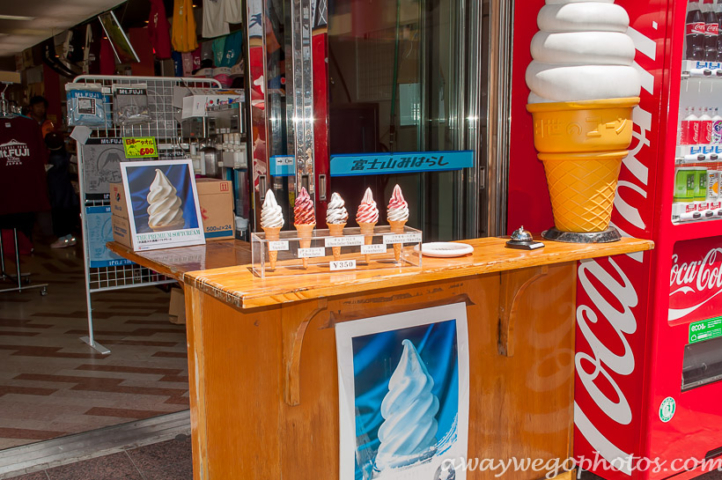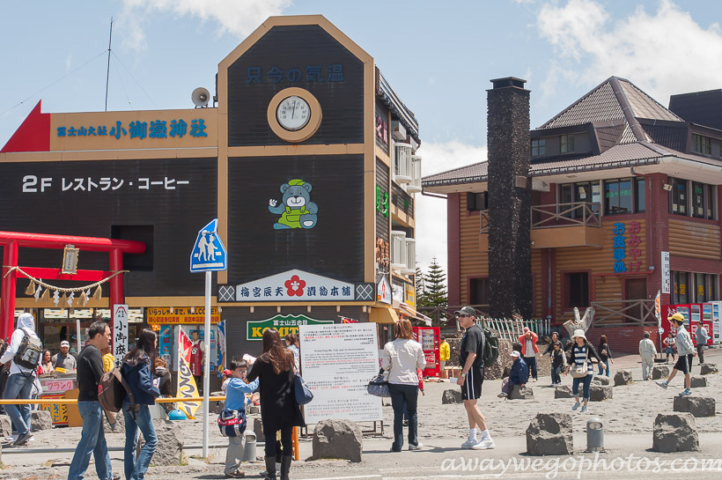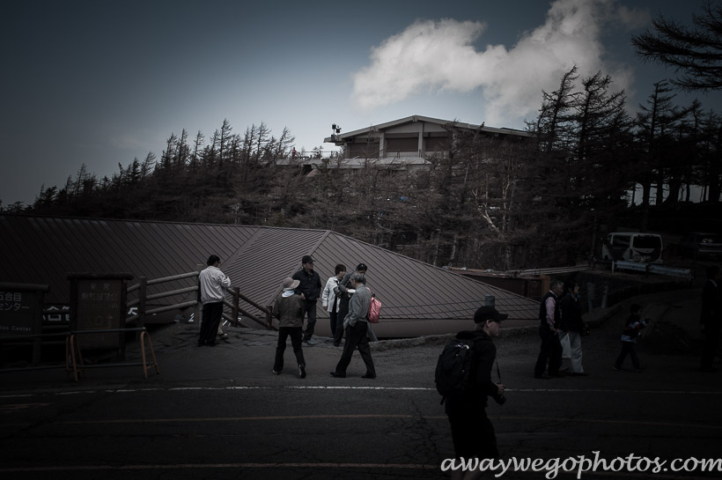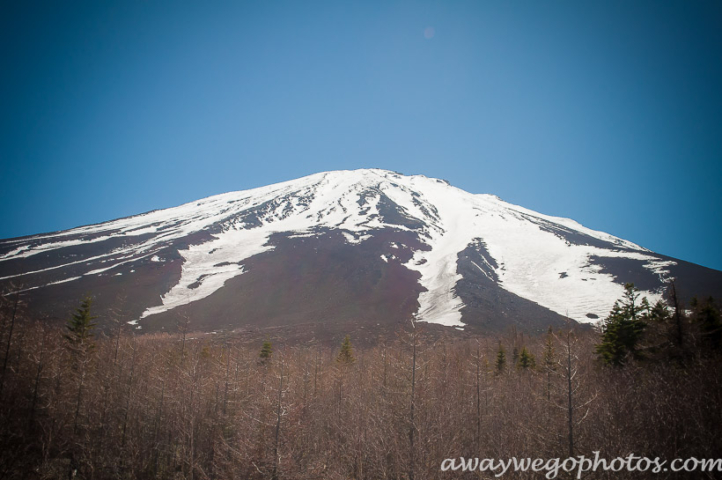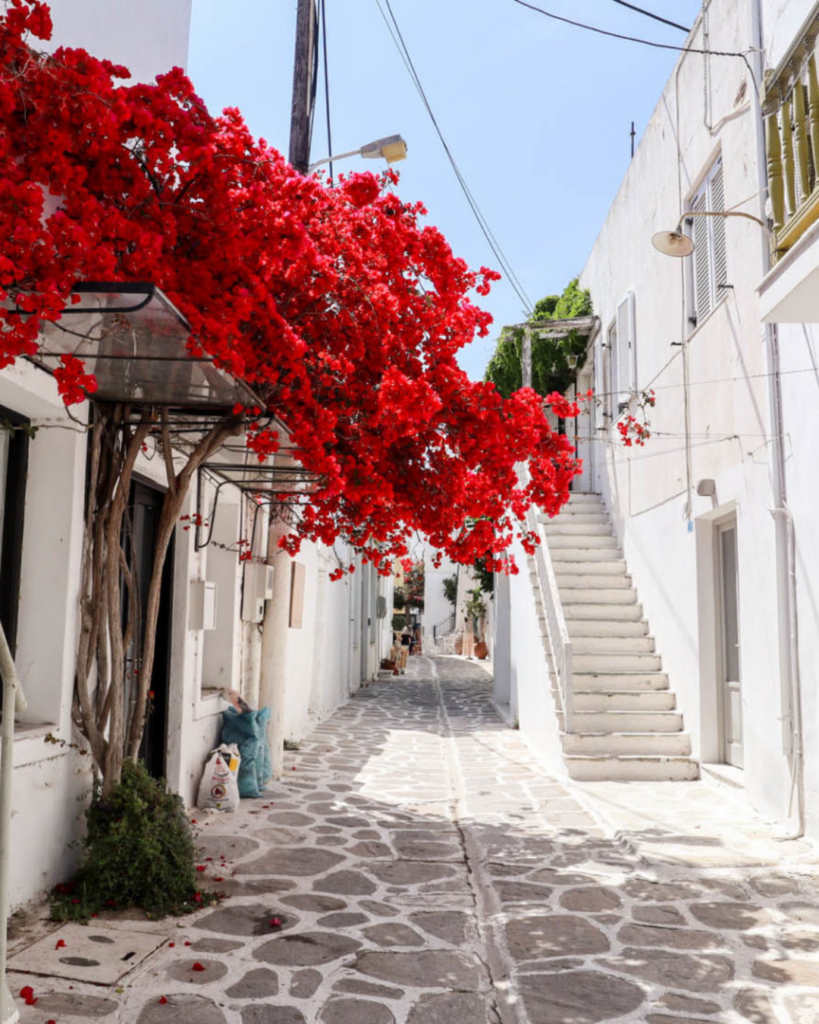Mount Fuji is Japan’s highest mountain, rising to 3,776 meters (12,389 feet). Located on Honshu Island, this active stratovolcano is not just a geographical landmark but also a cultural icon, celebrated in art, literature, and history.
Note: I visited Mount Fuji, back in 2010!
Where is Mount Fuji?
Mount Fuji is located on Honshu Island, Japan. It is situated near the Pacific coast, in the regions of Shizuoka and Yamanashi prefectures. The mountain is approximately 100 kilometers (62 miles) southwest of Tokyo, Japan.
1. Overview
Mount Fuji, often called Fuji-san in Japanese, is renowned for its symmetrical cone and majestic presence. As one of Japan’s “Three Holy Mountains,” it holds significant spiritual importance and attracts millions of visitors every year.
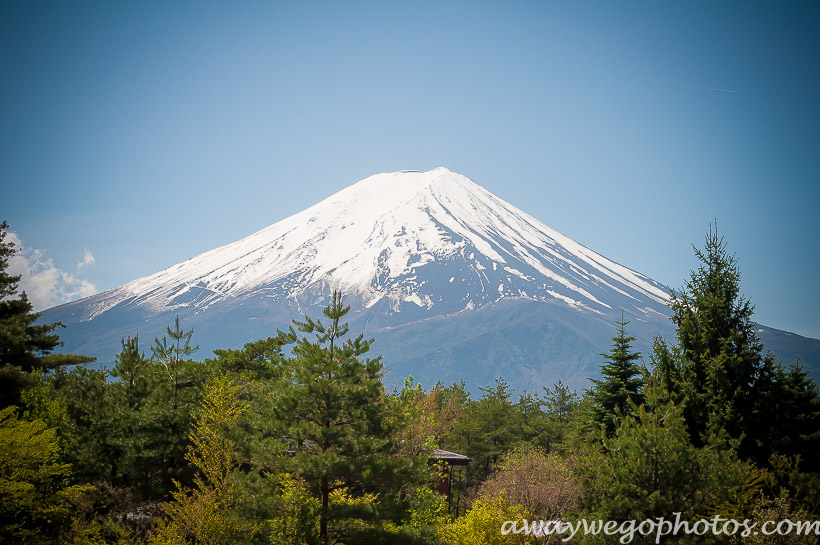
2. History
Historical Importance
- Eruption Records: The first recorded eruption was in 781 AD, with significant eruptions occurring in the 9th century.
- Pilgrimage Site: Since ancient times, Mount Fuji has been a site of pilgrimage for followers of the Shinto religion.
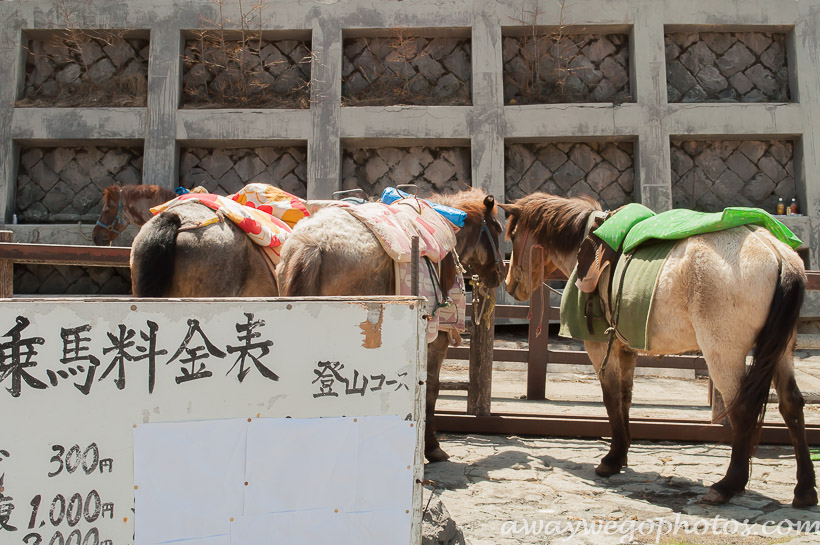
Cultural Significance
- Art and Literature: Mount Fuji has inspired countless works of art, including Katsushika Hokusai’s famous series, “Thirty-Six Views of Mount Fuji.”
- World Heritage Site: In 2013, Mount Fuji was designated as a UNESCO World Heritage Site for its cultural significance.
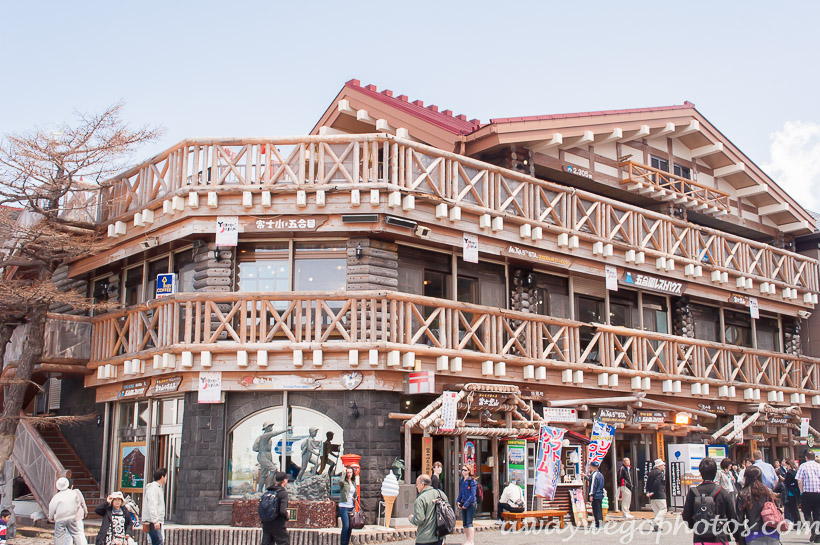
3. Geographical Details
Height and Structure
Mount Fuji stands at 3,776 meters, making it the highest peak in Japan. It is a stratovolcano, characterized by a symmetrical cone.

Surrounding Areas
Mount Fuji is part of the Fuji-Hakone-Izu National Park, which includes:
- Fuji Five Lakes: Lake Kawaguchi, Lake Motosu, Lake Sai, Lake Shoji, and Lake Yamanaka.
- Aokigahara Forest: Also known as the Sea of Trees, this forest is located at the northwest base of Mount Fuji.

4. Travel Tips
Best Times to Visit
- Climbing Season: July to September, when trails and mountain huts are open.
- Sightseeing: Spring (cherry blossoms) and autumn (fall foliage) offer beautiful views and pleasant weather.
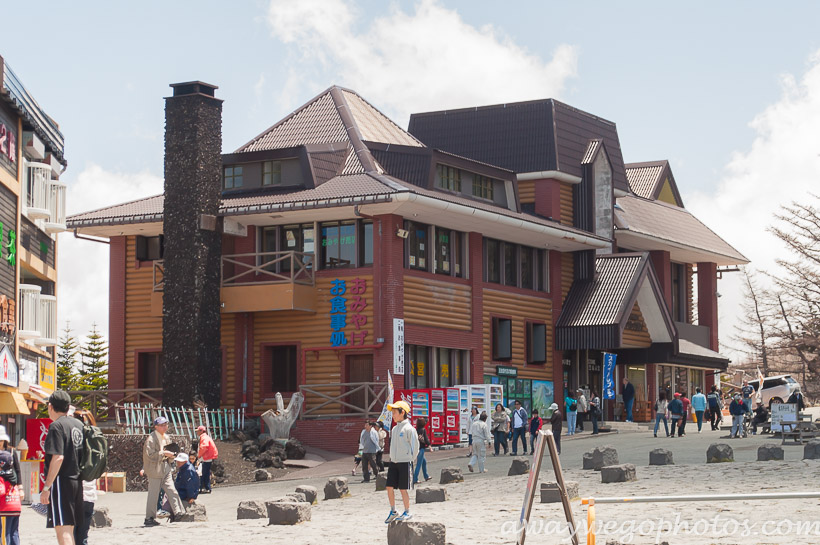
How to Get There
- From Tokyo: Take a train to the Fuji Five Lakes area or Hakone.
- By Train: The JR Chuo Line to Otsuki, then the Fujikyu Railway to Kawaguchiko Station.
- By Bus: Direct buses from Shinjuku Station to Kawaguchiko.
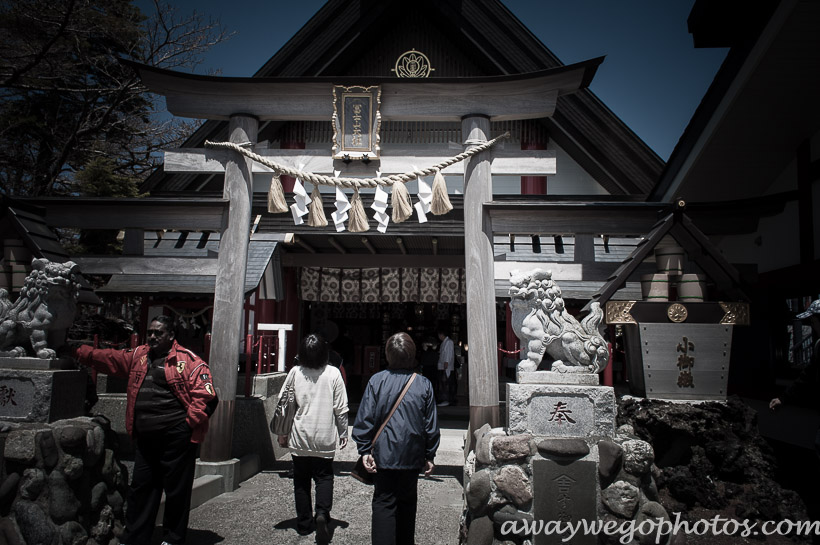
Climbing Routes
- Yoshida Trail: The most popular route starting from the north side of the mountain.
- Subashiri Trail: Known for its scenic views and quieter path.
- Gotemba Trail: The longest route, offering a challenging climb.
- Fujinomiya Trail: The shortest route, starting from the south side.
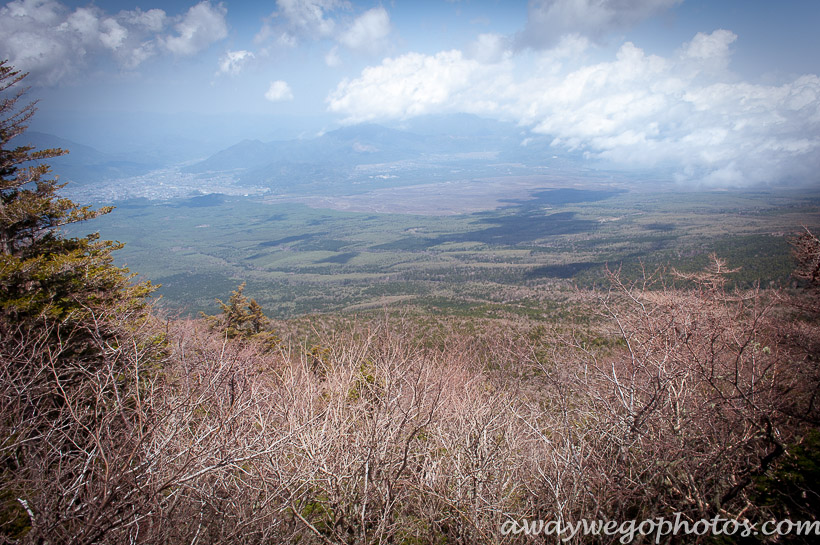
Accommodation
- Mountain Huts: Available along climbing routes, providing basic shelter and meals.
- Nearby Hotels and Ryokan: Comfortable options for those exploring the surrounding areas.
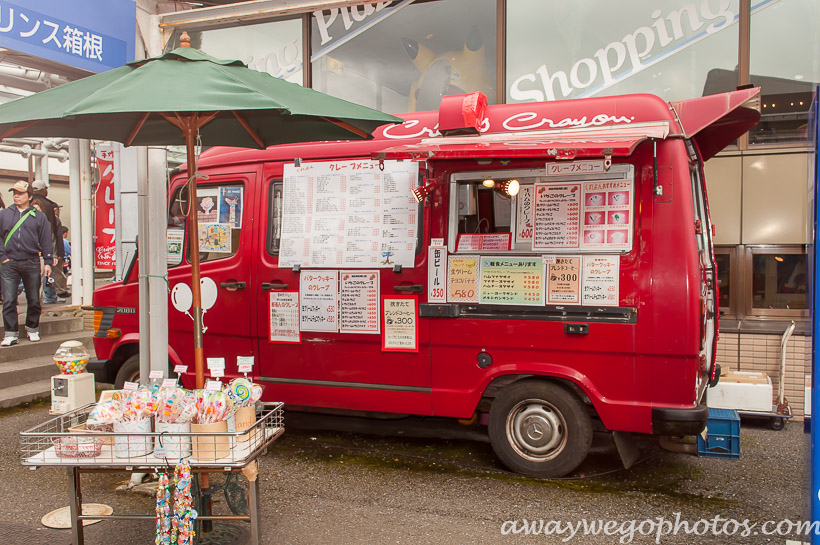
5. Interesting Facts
- UNESCO World Heritage Site: Recognized in 2013 for its cultural and historical value.
- Popular Symbol: Mount Fuji is a national symbol, frequently depicted in various forms of Japanese art and media.
- Flora and Fauna: Home to unique alpine plants and wildlife, including the rare Japanese serow.
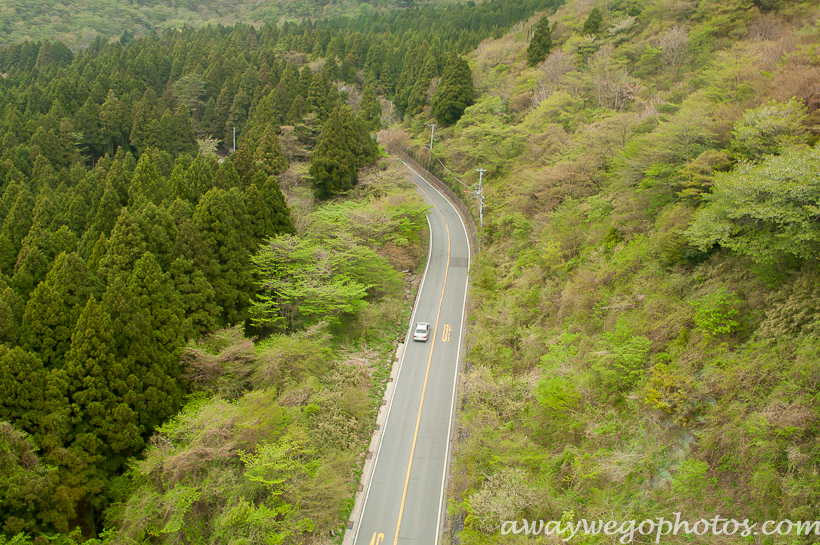
Mount Fuji is a destination that offers not just a breathtaking natural experience but also a deep dive into Japan’s cultural and historical roots. Whether you’re planning to climb to its summit or admire it from afar, Mount Fuji promises an unforgettable experience.
More of my Mount Fuji pictures
Like this Post? Save it on Pinterest!



